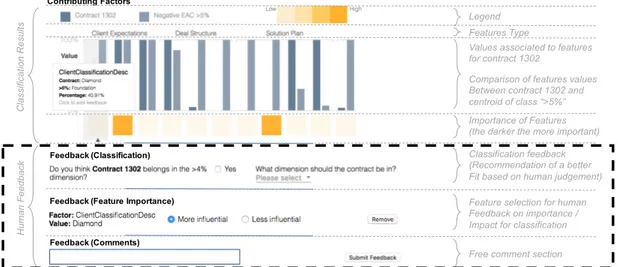Human-in-the-Loop Feature Selection
Texte intégral
Figure




Documents relatifs
If a minimum experimentation design was required to validate the hypothesis (proof of the known), additional design activity had to be performed to enable the proof of the
Space has long been studied in relationships with Geography, Economy, and Management. These sectors pay attention to the influence of space in their own analysis and some effort
According to the proposed approaches in literature, we noted the absence of hybridizations between the BQPSO approach and Clonal Selection Algorithm, in the context of
operator faults, but does not provide a full treatment of the human-computer interaction loop (HCIL).. a button), the different subsystems in a human (perceptual, cognitive, or
Roughly two figures are given: first, a basic figure about opinion frequencies and polarity distribu- tions per entity, and second, opinion disagreement among different annotators
spatial scale and multi-stress situations), the connections be- tween different policies (pesticide regulation and Water Framework Directive), the use of models, (2) review integrat-
We consider the problem of fitting and feature selection in MoE models, and propose a regularized maximum likelihood estimation approach that encourages sparse solutions
Our objectives were: first, to explore if interpersonal motor coordination impairments already shown during interactions with a human partner 20,21 also apply to interactions with
